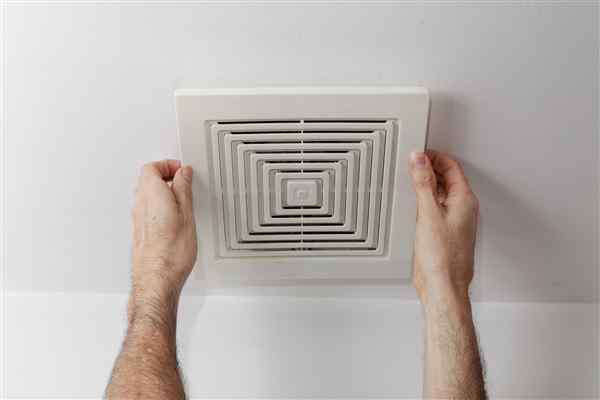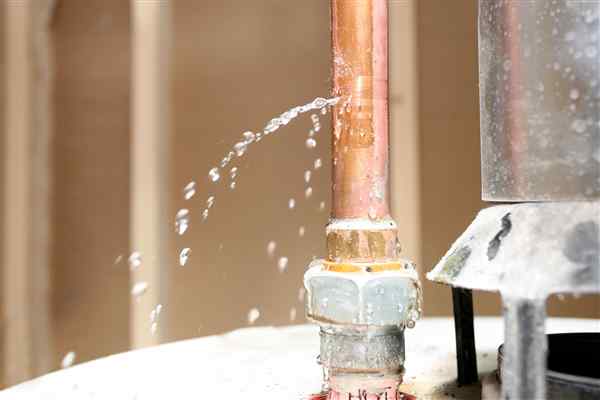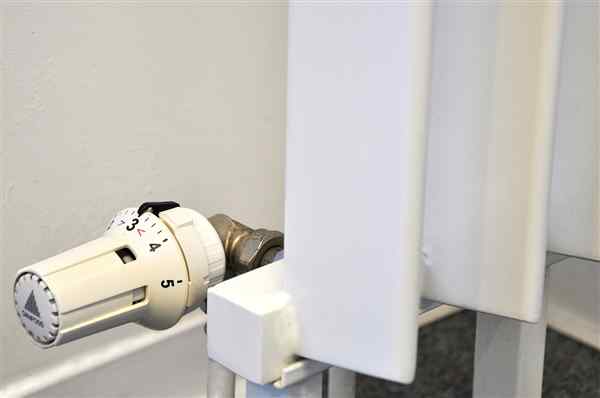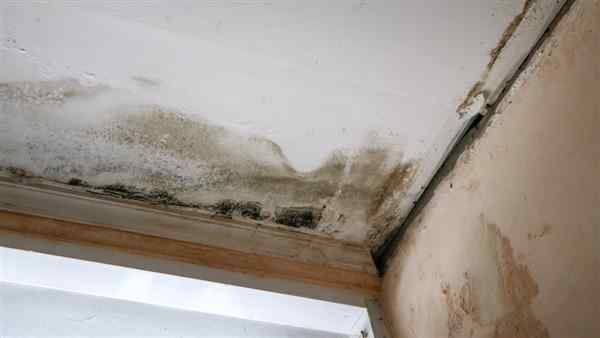How to Avoid Damp and Black Mold in Your Home: Practical Advice for Homeowners
Damp and black mold are common problems in many homes, especially in the UK, where wet, cold weather is prevalent. These issues not only damage your property but can also pose significant health risks, particularly for those with respiratory conditions or weakened immune systems. Preventing damp and mold requires a combination of good ventilation, regular maintenance, and moisture control. Below, we explore practical steps you can take to keep your home dry and moldfree.
Improve Ventilation
Proper airflow is key to preventing moisture buildup, which leads to dampness and mold growth. Humidity levels rise when air is stagnant, especially in areas like kitchens, bathrooms, and laundry rooms.

Steps to improve ventilation:
- Use Extractor Fans: Ensure your kitchen and bathroom are equipped with functioning extractor fans. These help remove excess moisture from cooking, showering, or washing clothes.
- Open Windows Regularly: Open windows daily, even during colder months, to allow fresh air to circulate. This reduces humidity and prevents condensation from building up on surfaces.
- Trickle Vents: If your windows have trickle vents (small openings designed to allow airflow), keep them open. They provide continuous ventilation without drastically lowering indoor temperatures.
- Consider Ventilating Bricks: For rooms with chronic ventilation issues, you might consider installing air bricks or trickle vents in walls, particularly in basements or rooms with poor airflow.
Control Condensation
Condensation is one of the primary causes of dampness in homes, particularly during winter. It occurs when warm, moist air comes into contact with cold surfaces like windows, walls, and tiles.

Ways to control condensation:
- Dry Clothes Outside: Whenever possible, dry clothes outside or use a tumble dryer that vents air outdoors. Drying clothes indoors on radiators increases moisture levels and contributes to condensation.
- Use a Dehumidifier: In highmoisture areas, such as basements or bathrooms, a dehumidifier can be a valuable tool. It helps absorb excess moisture from the air and keeps humidity levels in check.
- Wipe Down Windows: During cold mornings, wipe down any condensation on windows with a dry cloth. Leaving moisture on the glass can drip down into window frames, causing damp.
- Insulate Cold Surfaces: Insulate walls and ceilings to prevent condensation from forming on cold surfaces. Secondary glazing or thermal curtains can also help reduce condensation on windows.
Check for Leaks and Water Intrusion
Damp caused by external water leaks or poor waterproofing can lead to persistent problems that are much harder to manage than condensation. It's important to regularly inspect your home for signs of water ingress.

Things to inspect for water leaks:
- Roof Leaks: Inspect your roof for missing tiles, cracked slates, or damaged flashing, especially after storms. Water entering through a damaged roof can cause damp patches and mold growth in ceilings and walls.
- Gutters and Downpipes: Blocked or broken gutters can cause rainwater to overflow and run down external walls, leading to dampness. Clean your gutters regularly and check that downpipes direct water away from your property.
- Plumbing Leaks: A slow leak from pipes, taps, or radiators can create hidden damp spots, which eventually lead to mold. Check under sinks, around toilets, and behind appliances for signs of leaking.
- External Walls: Check for cracks in your home’s exterior walls or around windows, which could allow water to seep into your home. Repoint damaged brickwork and apply weatherproof sealants where necessary.
Maintain a Consistent Indoor Temperature
Fluctuating temperatures can encourage condensation and dampness. When rooms become cold and then quickly heated, the warm air holds moisture, leading to condensation on cold walls and windows.

How to maintain steady temperatures:
- Use Central Heating Wisely: During colder months, keep your heating on at a low, constant level rather than blasting heat intermittently. This prevents rapid temperature changes that result in condensation.
- Insulate Your Home: Proper insulation not only helps save on energy bills but also reduces the chances of cold spots forming, where condensation can develop. Insulate lofts, walls, and even floors where possible.
- Double Glazing: Install double glazing on windows if you haven’t already. It keeps your home warmer by reducing heat loss, helping to lower condensation levels.
Use Mold Resistant Paint and Treatments
In areas prone to damp, such as bathrooms, basements, and kitchens, it’s essential to take extra precautions by applying moldresistant treatments.
- Preventative steps:
- Mold Resistant Paint: When repainting walls, especially in rooms prone to high humidity, use moldresistant or anticondensation paint. These paints are designed to inhibit the growth of mold and mildew.
- Seal Grout and Tiles: Regularly inspect and reseal grout and tiles in bathrooms and kitchens to prevent water from seeping into walls and causing damp.
- MoldResistant Products: Consider investing in moldresistant shower curtains, mats, or other fabric items that are often exposed to moisture.
Keep Your Home Dry
In homes where moisture is constantly present, it’s essential to practice good habits that reduce water buildup and avoid damp environments.
Best practices to keep your home dry:
- Fix Overflowing Sinks: Prevent overflows in sinks and bathtubs that can soak floors and create conditions ripe for damp and mold.
- Avoid Overwatering Plants: Indoor plants are great for decor, but overwatering them can add unnecessary moisture to the air. Make sure you don’t let water sit in trays or pots for long periods.
- Move Furniture Away from Walls: Allow air to circulate by leaving space between large pieces of furniture and the walls. Damp air can become trapped behind items like sofas and wardrobes, encouraging mold growth.
Act Quickly If You Spot Damp or Mold
If you notice the early signs of damp or mold, such as discolored walls, musty smells, or small black spots, it’s essential to act quickly. The longer you leave the issue, the more extensive and expensive the damage becomes.

How to deal with mold:
- Clean Mold Immediately: Use a mold cleaner or a mixture of bleach and water to scrub away black mold. Make sure to wear gloves and a mask to avoid exposure to mold spores.
- Fix the Root Cause: Don’t just clean the mold—find and fix the source of the moisture. Whether it’s a leak, poor ventilation, or condensation, resolving the underlying issue is the only way to prevent mold from returning.
Conclusion
Damp and black mold are frustrating problems that can significantly affect your home’s condition and your family’s health. However, by improving ventilation, controlling moisture, checking for leaks, and maintaining a consistent temperature, you can prevent these issues from developing. Regular maintenance and awareness are key to keeping your home dry, comfortable, and moldfree.
If the problem persists despite your efforts, it may be worth consulting a professional to identify hidden issues and take corrective action.




